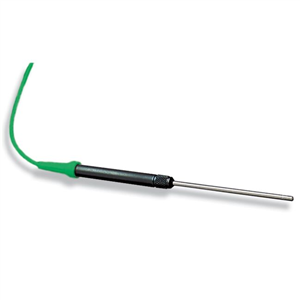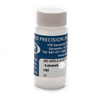

ISO-H2S-2
Hydrogen Sulfide Sensor - 2mm
- Overview
- Specifications
- Accessories
- Citations
- Related Products
Overview

There are 1 images available to view - click to enlarge and scroll through the product gallery.
Manual
/ Download as PDF
Manual
/ Download as PDF
- For use with Apollo1000, Apollo4000, TBR4100 and TBR1025
- Response Time:< 5s
- Detection Limit:< 5nM -100μM
- Sensitivity: 2 pA/nM
- Package of 1
About Hydrogen Sulfide
Although hydrogen sulfide is generally thought of in terms of a poisonous gas, it is endogenously produced in many mammalian tissues. It has been detected in micromolar amounts in blood and brain tissue. Hydrogen sulfide is reported as having a broad range of biological functions and although its potential to participate in cell signaling is clear, this biological role is not well understood. Hydrogen sulfide is strongly anagolous to nitric oxide because they share several physical and metabolic properties.
Hydrogen sulfide and oxygen
Like nitric oxide, hydrogen sulfide is a potent vascualr signal that can mediate vasoconstriction or vasorelaxation depending on the oxygen level and tissue. In the rat aorta, hydrogen sulfide concentrations that mediate rapid constriction at oxygen level will cause rapid relaxation at lower oxygen levels.
Sensor details
The ISO-H2S sensor is a low detection limit sensor that works with WPI's Apollo and TBR series of measuring devices to record hydrogen sulfide in vitro. It is the only sensor available that measures hydrogen sulfide.
Specifications
| Response Time: | < 5s |
| Detection Limit: | < 5nM -100μM |
| Sensitivity: | 2 pA/nM |
| Package of: | 1 |







Request
Catalogue
Chat
Print